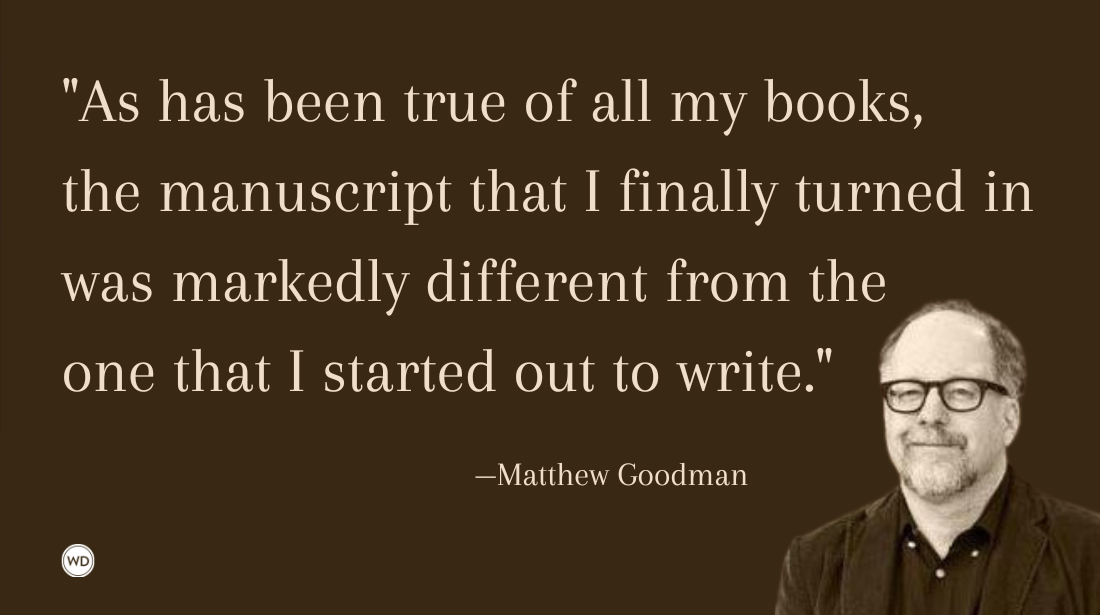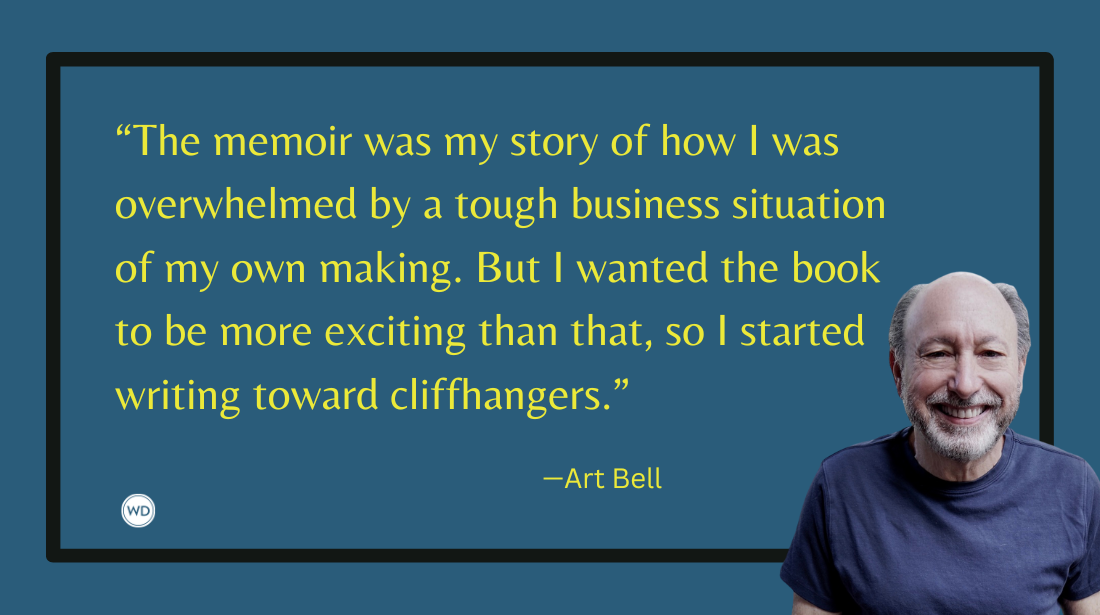8 Tips for Co-Writers to Create an Authentic Voice for Their Book
Writing is often seen as a solitary art form—so when choosing to co-write a book, the process is naturally different than working alone. Rob Keast and Anthony Ianni offer 8 tips to remember when co-writing a book.
When we set out to write Centered, we already had our story: A young boy diagnosed with autism endures bullying and bleak predictions about his future, and he achieves his dream of playing basketball for Michigan State University. Anthony has told brief versions of this story for several years now, often at schools and autism conferences.
But how would we turn this story into a book-length memoir? And, what would it sound like? We knew we couldn’t even begin the book until we’d found Anthony’s first-person voice.
Here are eight tips for co-writers seeking to create an authentic voice, particularly for a memoir.
1. Develop a friendship first.
Before we did much writing, we got to know each other. We swapped Michigan State memories. We learned about each other’s families. Rob met Anthony’s wife and sons. We needed to build that relationship before we could settle on our voice.
If you and your co-writer rush into your first chapters without knowing each other well, the narrator’s voice will elude you. It may sound inefficient to delay the actual writing, but it’s worth it.
2. Try every form of communication possible.
Use emails. Texts. In-person meetings. Phone calls. Zoom sessions. Try short interviews. Try hours-long interviews. Each form of communication will bring out something different in the subject’s voice.
We did all of the above. Also, we communicated quickly. Sometimes Rob needed to add or confirm a detail—what Anthony’s favorite TV shows were in elementary school, what sports his mom played in college—and Anthony excelled at responding immediately.
3. Pull from other resources.
The co-writer should talk to people besides the subject. These other sources may remember details—or entire anecdotes—that the subject has forgotten. Don’t say no to documents or videos, either.
Although much of Centered is built on Anthony’s memories, we also asked Anthony’s mom and a few former teachers to share what they remembered. Anthony’s 25-year-old “Individualized Education Plans” (IEPs) came in handy, as did a recording of the 2006 Michigan boys high school basketball championship game. As we reviewed these resources, Rob asked Anthony to reflect on them. That’s how those facts and stories became part of the memoir’s voice.
4. No question is too weird, no detail too trivial.
Many of the details you and your co-writer share will not make the final draft, but both collaborators need to know the minutia. You can’t sort the trifles from the scene’s key ingredients without first talking about them. Rob often asked Anthony seemingly unimportant questions—the color of his carpet in his bedroom, his ninth-grade wardrobe, the kind of car he drove in college. Anthony never criticized one of Rob’s questions, and he answered everything extensively and enthusiastically.
Think of this also as “helping the filmmakers.” If your memoir is ever adapted into a show or movie, you want the director, the cinematographer, and the set designers to see what you see. Even if no movie deal happens, “helping the filmmakers” aids your readers as they imagine the scene.
5. See what happens when you prompt dialogue.
Frequently ask your collaborator things like, “What did you say?” or “How did she respond?” Your collaborator may excel at recreating conversations.
Over and over, Rob pushed Anthony for dialogue—whether it was a personal pep talk from Michigan State coach Tom Izzo, a confessional moment with a high school friend, or an encounter with President Barack Obama. Anthony’s recreated dialogue became an important feature of our voice.
6. Always have an “anchor sentence.”
If your writing project has a “subject” (Anthony, in our case) and a “co-writer” (Rob, for us), make sure every page has what we thought of as an “anchor sentence.” Even when the co-writer writes a lot of a particular scene, at least one full sentence per page should be, verbatim, something the subject either said or wrote. Then, make sure that sentence doesn’t stick out. That sentence’s narration should match what comes before and after. This trick is especially important early in the process, when you are still discovering the book’s voice.
7. Read widely for models.
The model voice that helps you the most may surprise you. Don’t just study their stories. Study their tones; study their pacing and organization.
We read lots of sports memoirs, and we also read some autism memoirs. The book we learned from more than any other has neither autism nor basketball in it. After reading U.S. soccer star Tim Howard’s sincere and straightforward memoir The Keeper (co-written with Ali Benjamin), we had a better sense of what Centered should sound like.
8. Be clear about “then” vs. “now.”
You may be co-writing a story that happened years ago. Something that terrified the story’s subject at the time may no longer be frightening. An embarrassing experience may now be viewed as an event that led to growth. Both in your conversations and in your actual writing, carefully note what the subject’s emotions were then and what they are now.
Anthony struggled to get along with his first college coach. When he was a teenager, Anthony didn’t understand where the coach was coming from. As he matured (and took up coaching himself), Anthony began to appreciate his coach’s viewpoint. We made sure our voice included—and distinguished—both perspectives.
****
Rob Keast and Anthony Ianni are the co-authors Centered: Basketball, Autism, and One Athlete's Dream (September 7, 2021; Indiana University Press/Red Lightning Books). Rob is also a journalist and English teacher.








